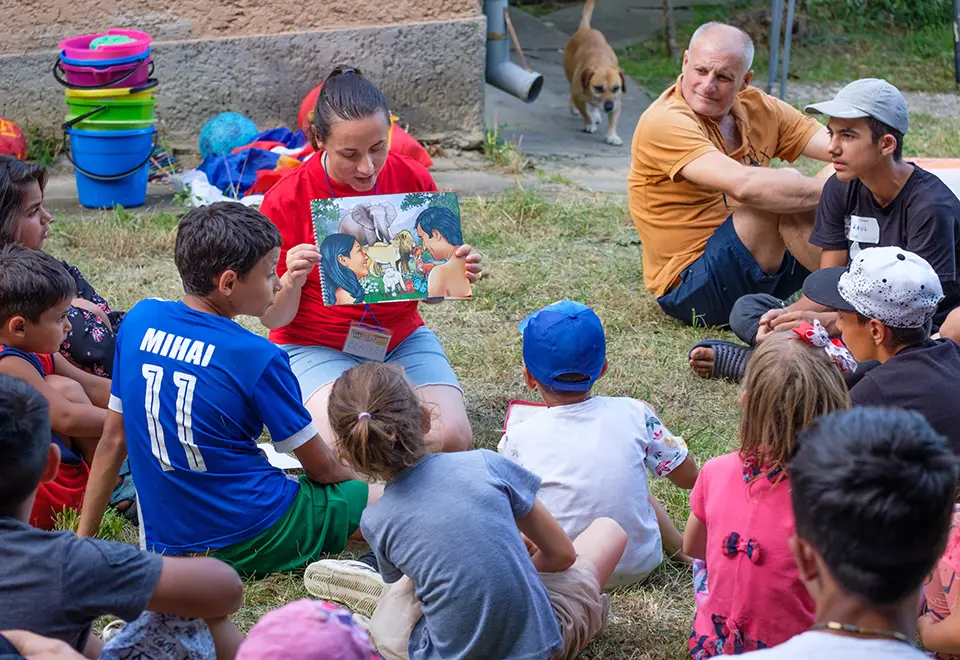When teaching a Bible lesson, especially to children, everything centres around your central truth. This truth is the key message you want the children to understand, remember, and apply to their lives. But knowing when and how to teach and apply it can make all the difference.
Let’s explore how to weave your central truth into your lesson and apply it effectively.
When and Where to Teach the Central Truth
Your central truth isn’t something to mention once and move on from, it’s the golden thread that runs through your entire lesson. Here’s how to bring it to life:
- Weave it throughout your story or lesson. Look for natural moments in your Bible passage where the central truth can shine. Don’t force it, but highlight it whenever the story allows.
- Use each scene to explain and develop the truth. As the story unfolds, show how each part reveals more about the central truth. This helps children connect ideas step by step.
- Blend your narrative and your teaching. The goal is for your storytelling and teaching to feel like one seamless experience.
Include applications along the way. As you teach, sprinkle in small, practical ways the truth applies to real life. These moments help children see that God’s Word is relevant and alive today
When and How to Apply the Central Truth
Once the central truth is taught and understood, it’s time to apply it, but timing and clarity matter. Here are a few simple guidelines:
- Keep your applications separate. If your lesson includes two applications (for example, one for believers and one for unbelievers), present them at different times. This prevents confusion and keeps your message clear.
- Don’t apply truth before teaching it. Make sure the children fully understand what the truth means before asking them to live it out.
- End with the largest group in mind. Conclude your lesson by applying the truth to the group that represents the majority of your audience. This ensures your closing thought connects with the most people.
Always identify your audience. When giving an application, make it clear who you’re speaking to. This helps everyone know how the truth fits their lives
Teaching the Bible is more than telling a story, it’s helping children see God’s truth and live it out. By carefully weaving your central truth into the lesson and applying it with clarity and purpose, you’ll help the children not only understand God’s Word but also begin to live by it.
*This article has been adapted from information taken from Mini Mag by Sam Doherty. Sam, who introduced the work of Child Evangelism Fellowship (CEF) in Ireland and later served as Regional Director for Europe, shares his insights on 75 years of ministry in this publication. Click here to read more.



